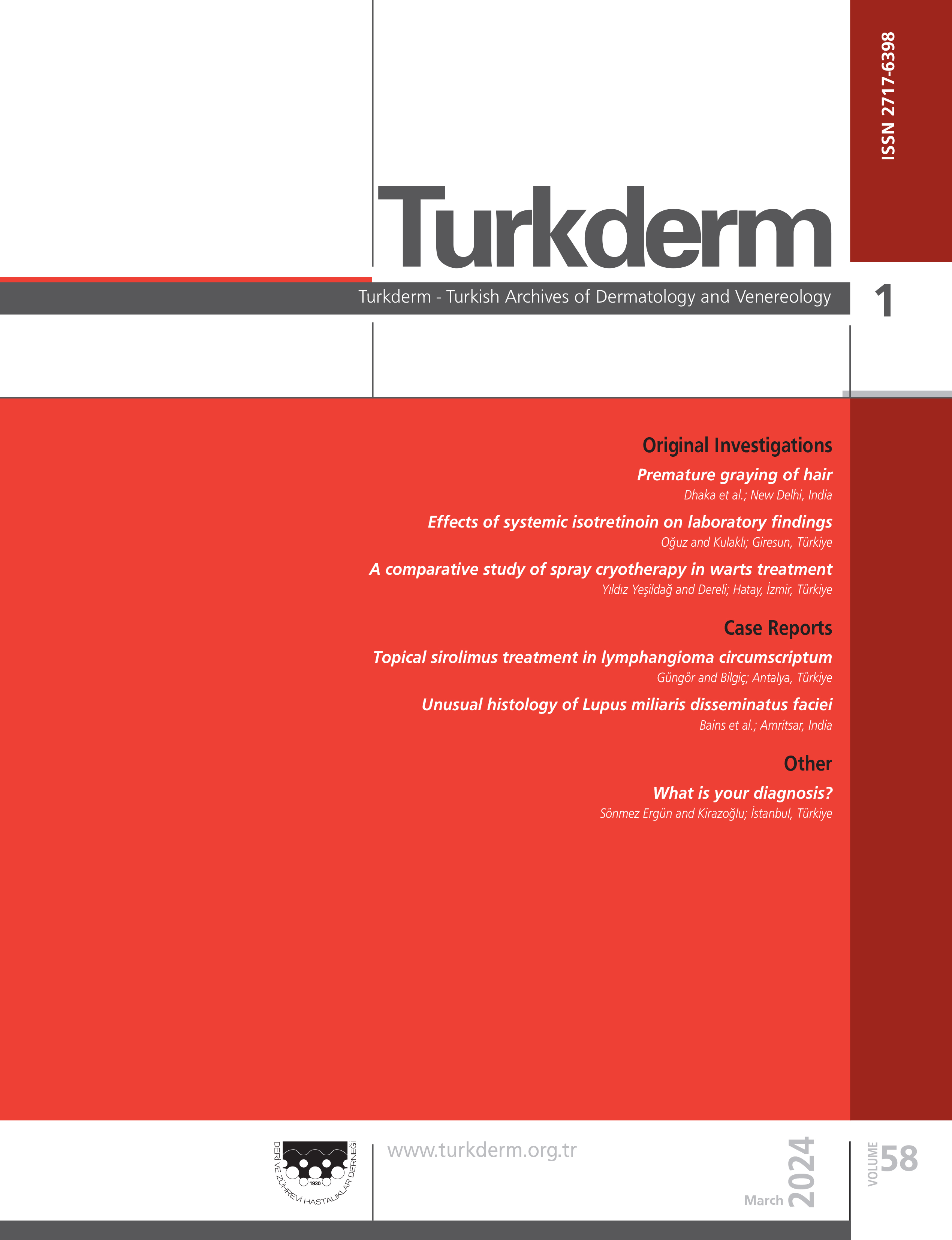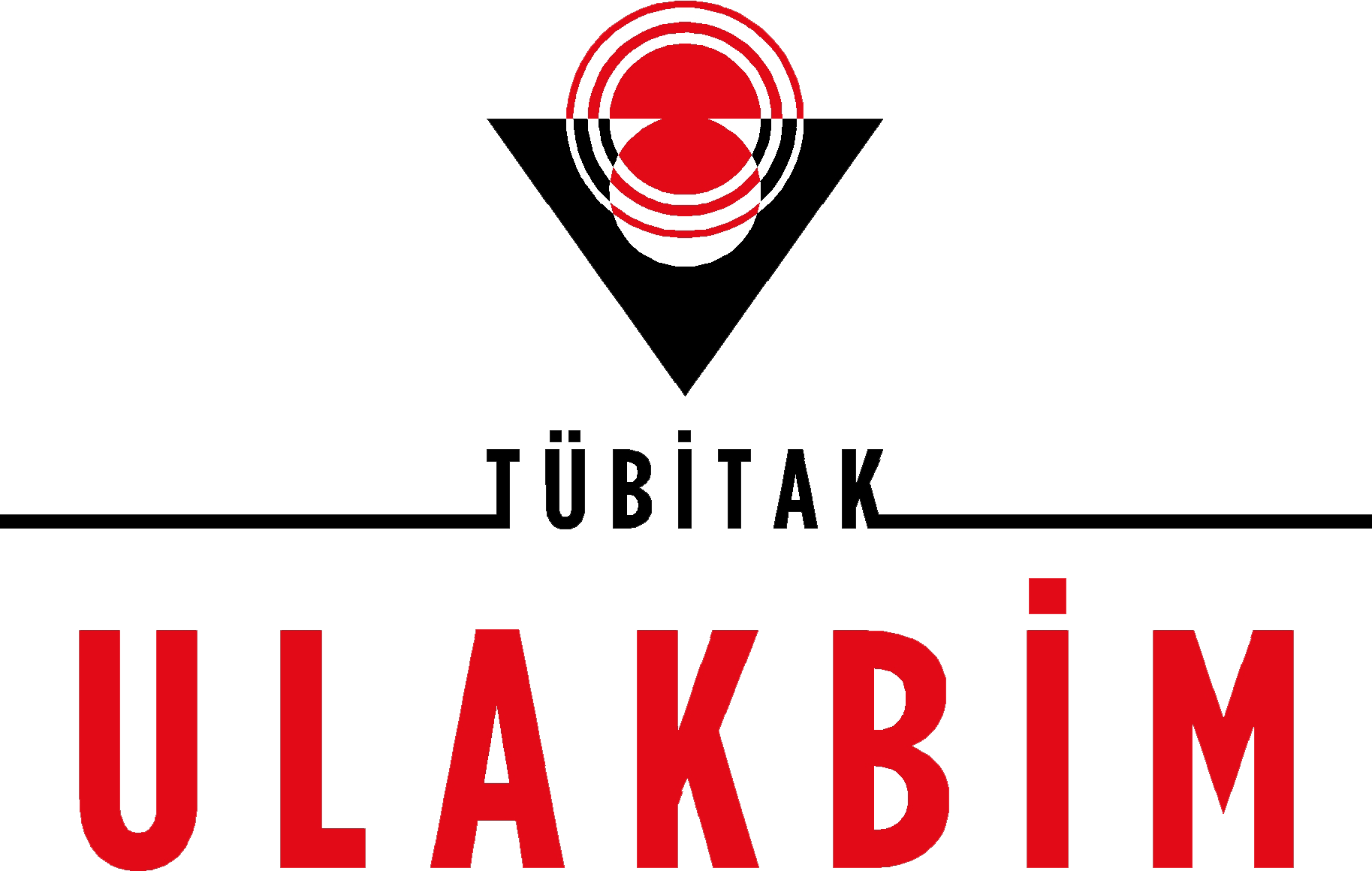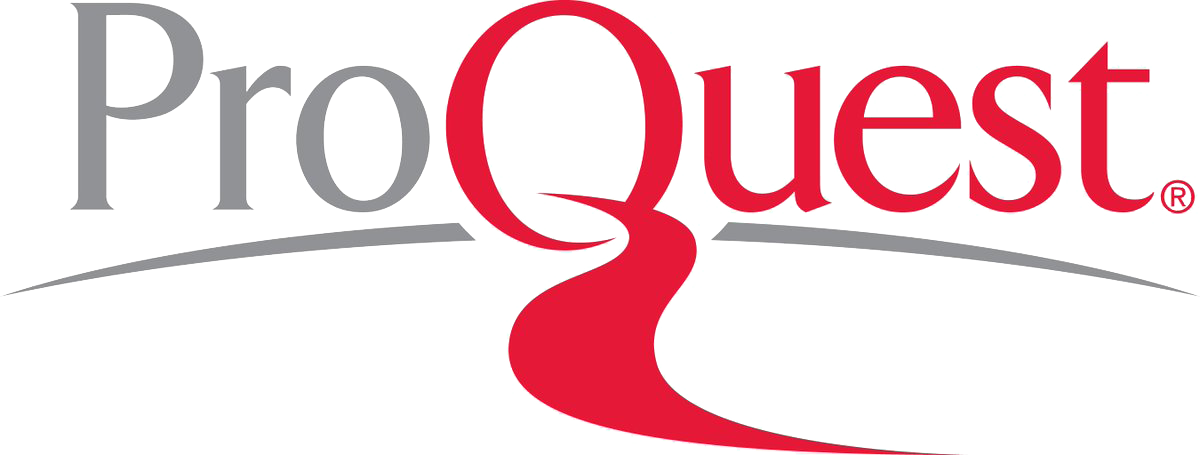Volume: 38 Issue: 1 - 2004
| TURKDERM-6637 | |
| 1. | 2003 Yılında Danışmanlıkları ile Türkdermi Onurlandıran Kurul Üyeleri Page 12 Abstract | |
| EDITORIAL | |
| 2. | Kanıta Dayalı Tıp Tülin ErgunPages 16 - 21 Abstract | |
| REVIEW ARTICLE | |
| 3. | Topical immunotherapy Dilek Bayramgürler, Evren Odyakmaz, Rebiay Apaydın Pages 22 - 36 Dermatolojide immunoterapötik ajanların kullanımı giderek yaygınlaşmaktadır. Sistemik yoldan kullanıldıklarında bir çok potansiyel ciddi yan etkilere sahip olmaları bu ajanların kullanımlarını sınırlandırmaktadır. Son zamanlarda bu ilaçların topikal kullanımları değerlendirilmiş, yan etkileri azaltmak ve yarar zarar oranını arttırmak amacıyla yeni ajanlar geliştirilmiştir. Bu makalede dermatolojide kullanılan topikal immunoterapötik ilaçların genel kullanım alanları, etki mekanizmaları, metabolizmaları ve yan etkileri gözden geçirilmiştir. The use of immunotherapeutic agents in dermatology has been increasing. Potential serious side effects of these drugs when used with systemic route have limited their use. Recently, topical application of these drugs has been evaluated, new agents have been developed in order to reduce adverse effects and to increase benefit to risk ratio. In this article, general application, mechanism of action, metabolism and adverse effects of topical immunotherapeutic agents used in dermatology have been reviewed. |
| ORIGINAL INVESTIGATION | |
| 4. | The clinical and histopathologic features of 25 pilomatricoma cases A. Tülin Mansur, Zehra Aşiran Serdar, Zuhal Erçin, Sevil Gündüz, Fügen Aker Pages 37 - 40 Pilomatrikoma, Malherbenin kalsifiye epitelyoması olarak da bilinen, kıl folikülü matriksinden köken alan selim bir tümördür. Genellikle ilk iki dekad içinde ortaya çıkar. En sık yerleşim yeri baş, boyun ve üst ekstremitelerdir. Bunun dışında alt ekstremite ve gövdede görülebilir. Lezyonlar tipik olarak 0.5-3 cm çapında, oldukça sert, derin yerleşimli nodüller şeklindedir. Nadiren multipl, familyal, büllöz, perforan ve dev klinik tipleri bildirilmiştir. Histopatolojik incelemede çekirdeklerini kaybetmiş, eozinofilik gölge hücrelerin varlığı pilomatrikomanın özgün bulgusudur. Bu çalışmada, 2000-2003 yılları arasında HNH patoloji arşivinde kayıtlı toplam 25 pilomatrikoma olgusunun klinik ve histopatolojik özellikleri yeniden değerlendirildi. On beşi kadın, 10u erkek ve yaşları 6-69 arasında değişmekte olan hastaların yaş ortalaması 32.3 idi. Yerleşim yeri olguların 16sında (%64) üst ekstremitelerde, 4ünde (%16) alt ekstremitelerde, 3ünde (%12) yüz ve boyunda, 2sinde (%8) gövdedeydi. Tümörlerin boyutları 0.5-3.5 cm arasında değişmekteydi. Olgularımızın sadece biri büllöz tip pilomatrikoma olup, diğerleri klasik görünümdeydi. Klinik ön tanı bu hastaların sadece 7 tanesinde (%28) pilomatrikomaydı. Diğer olgularda ön tanılar çeşitli deri tümörleriydi. Histopatolojik incelemede gölge hücreler olguların %100ünde, bazaloid hücreler ise %84ünde tespit edildi. Malin dejenerasyon ve ossifikasyon gözlenmedi. Sonuç olarak özellikle ekstremiteler ve baş, boyun bölgesinde yerleşen tek, sert bir deri nodülü olan pilomatrikoma, diğer selim ve malin deri tümörlerinin ayırıcı tanısında düşünülmelidir. Background and design: Pilomatricoma also known as calcifying epithelioma of Malherbe is a benign tumor which originates from the matrix of hair follicles. It is usually seen in the first and second decades of life and is mostly localized on the head, neck and upper extremities. It can also be seen on the lower extremities and the trunk. The lesions are typically firm, deeply located nodules which are 0.5-3 cm in diameter. Multiple, familial, bullous, perforating and giant clinical types are rarely reported. The specific histopathologic finding of pilomatricoma is the presence of anucleated, eosinophilic shadow cells. Material and method: In this study, the clinical and histopathologic features of 25 pilomatricoma cases which are recorded in the pathology department of our hospital between the years of 2000-2003 have been reviewed. Results: There were 15 women and 10 men, the age of the patients varied between 6 and 69 and the average age was 32.3. The location of the lesions was on the upper extremities in 16 cases (64%), on the lower extremities in 4 cases (16%), on the face and neck in 3 cases (12%) and on the trunk in 2 cases (8%). The sizes of the lesions were between 0.5 and 3.5 cm. Only one of our cases was bullous type pilomatricoma and the others were of the classical type. Biopsy specimens of the lesions were sent to the pathology department with the preliminary diagnosis of various skin tumors and in only 7 of them (28%) pilomatricoma was suspected clinically. Histopathologic examination showed shadow cells in 100% of the cases and basaloid cells in 84% of the cases. Malignant changes and ossification were not detected. Conclusion: Pilomatricoma is a solitary, firm skin nodule usually located on the head, neck and upper extremities and has to be always considered in the differential diagnosis of benign and malignant skin tumors. |
| 5. | Topical metronidazole in the treatment of seborrheic dermatitis - Placebo controlled a double-blind study Gül Fındık, Fatma Aydın, Nilgün Şentürk, Tayyar Cantürk, Ahmet Yaşar Turanlı Pages 41 - 43 Seboreik dermatitin kesin bir tedavisi bulunmamakla birlikte, hastalığın kontrolünde sıklıkla topikal steroid ve antifungal ajanlar kullanılmaktadır. Son zamanlarda topikal metronidazolün antiinflamatuar etkilerinden dolayı tedavide bir seçenek olabileceği görüşü ileri sürülmektedir. Biz de çalışmamızda, seboreik dermatitte topikal metronidazolun (%0.75) etkisini değerlendirmeyi amaçladık. Seboreik dermatitli 40 hasta, randomize olarak iki gruba ayrıldı. İlk gruba topikal % 0.75 metronidazol jel ve ikinci gruba da topikal taşıyıcı jel (plasebo) günde iki kez uygulanması önerildi. Lezyonlar şiddet skoru ile 0-2-4-6 ve 8. haftalarda değerlendirildi. Hastaların 33ü (plasebo grubunda 18, metronidazol grubunda 15 hasta) çalışmayı tamamlayabildi. Çalışmayı tamamlayamayan hastaların 6sı yan etkiler nedeni ile tedaviyi bıraktı ve bu hastalardan 5i metronidazol grubunda idi. İki grup arasında 4. hafta ve tedavi sonunda ortalama şiddet skorları arasında fark olmadığı tespit edildi (p>0.001). Bu çalışmada, seboreik dermatit tedavisinde topikal metronidazolun plaseboya bir üstünlüğü olmadığı tespit edilmiştir. Background and design: There is no definitive treatment but topical steroid creams and antifungal agents are commonly used to control seborrhoeic dermatitis. Recently it is suggested that topical metronidazole with its anti-inflamatory effects could be useful in seborrheic dermatitis. In this study we aimed to evaluate the effectiveness of topical 0.75 % metronidazole gel. Material and Method: Forty patients with seborrheic dermatitis were randomly assigned to two treatment groups. Patients in first group were applied topical 0.75 % metronidazole gel and second group placebo (vehicle gel). Lesions were evaluated with the severity score at 2nd-4th-6th-8th weeks. Results: Thirty-three patients completed the study ( 15 patients in the metronidazole group, 18 patients in the placebo group). One patients in the placebo group, five patients in the metronidazole group left the study because of the side effects. There is no statistically significant difference in the severity score between two groups. Conclusion: In the present study we concluded that the effect of the metronidazole % 0.75 gel in the treatment of seborrheic dermatitis was not superior to placebo. |
| ARAŞTIRMA | |
| 6. | Comparison of topical colchicine and 5-fluorouracil in treatment of actinic keratoses. Mukaddes Kavala, Gül Yıldırım, Emek Kocatürk Pages 44 - 47 Aktinik keratoz (AK) tedavisinde en sık kullanılan ilaç olan 5-Fluorourasil (5-FU) krem ile topikal kolşisinin etkinlikleri karşılaştırıldı. Çalışmaya klinik ve histopatolojik tetkikler sonucu AK tanısı konulan 44 hasta alındı. Bir hasta yan etki nedeniyle çalışma dışı bırakıldı. Toplam 43 hastaya %5lik 5-FU (21 hasta) ve %1lik kolşisin (22 hasta) 30 gün süre ile günde 2 kez topikal olarak uygulandı. Lezyonlar tedavinin 30. gününde klinik ve histopatolojik olarak değerlendirildi. 5-FU kullanan hastaların 17sinde (%81), kolşisin kullananların 16sında (%73) lezyonların tamamen iyileştiği görüldü (p>0.5). Tedavi sonrası alınan biopsi örneklerinde her iki grupta da 14er hastada (5-FU grubunda %66.7, kolşisin grubunda %63.6) histopatolojik iyileşme saptandı (p>0.5). Her iki grupta da klinik ve histopatolojik iyileşme oranları arasında anlamlı fark saptanmadı. Tedaviye bağlı yan etkilere ve komplikasyonlara rastlanmadı. Bu sonuçlar, %1lik kolşisin jelin AK tedavisinde kullanılan 5-FUya iyi bir alternatif olabileceğini düşündürdü. Background and design: Actinic keratoses (AKs) are precancerous epidermal lesions found most frequently on areas of the skin exposed to the sun. Because of the risk of transformation to squamous cell carcinoma, it is essential to treat all lesions. The aim of this study was to assess the efficacy of 1% topical colchicine gel versus 5% 5-fluorouracil (5-FU) as treatment for AKs. MATERIAL-METHOD: A total of 44 patients applied 5% 5-FU cream or 1% topical colchicine to AK lesions twice a day for 30 days. Clinical symptoms and histopathologic features were assessed after 30 days. 1 of the 5-FU treated patients discontinued treatment owing to adverse event. 43 patients who completed the study were analysed. RESULTS: After 30 day therapy, clinical improvement was 81% for 5-FU versus 73% for colchicine (p>0.5). The histopathological improvement was 66.7% for 5-FU versus 63.6% for colchicine (p>0.5). No significant statistical difference was found among the groups. No side effects or other complications were observed. CONCLUSION: Application of 1% colchicine gel appears to be a safe and effective alternative to 5-FU used in AKs. |
| 7. | Coincidence of condyloma accuminata with other sexually transmitted diseases Yeşim Kaymak, Nur Yüksel, Meral Ekşioğlu Pages 48 - 53 Cinsel yolla bulaşan hastalıkların (CYBH) yaygınlığı tüm dünyada çözüm bekleyen en önemli halk sağlığı problemlerinden biridir. HIV epidemisi, CYBHlerın üzerine yapılan araştırmaların yoğunlaşmasına sebep olmuştur. Bu araştırmalar CYBHlerin birinin varlığında diğerine yakalanma olasılığının arttığını göstermiştir. Çalışmamız 50 kondiloma aküminata olgusu ile gerçekleştirildi. Bu olgularda diğer CYBHler ile birliktelik, risk faktörleri ve bu faktörlerin multipl enfeksiyon (ME) için risk oluşturup oluşturmadığı belirlendi. 50 olgudan 13ünde (%26) kondiloma aküminata ile birlikte diğer bir CYBHnin varlığını belirledik. ME olan ve olmayan gruplar arasında cinsiyet, yaş, sigara, alkol, IV ilaç kullanımı, korunma şekli ve hastalık süreleri açısından istatistiksel olarak bir fark bulunmadığını gördük. Background and design: The widespread of sexually transmitted diseases (STD) is one of the most important public health problems to be solved. Epidemic of HIV caused an increase in researches on STD. MATERIAL-METHOD: These studies showed that in presence of one of the STD, the coincidence of another STD increased. 50 cases with condyloma accuminata were included in our study. The coincidence of another STD, risk factors and whether these factors increase the risk of multiple infections in subjects were determined in the study. Result and CONCLUSION: We observed another STD with condyloma accuminata in 13 of 50 cases (%26). There were no statistically significant difference between groups with and without multiple infection with respect to age, sex, alcohol consumption, smoking, drug addiction, method of contraception and duration of diseases. |
| 8. | Management of superficial fungal infections in our clinic. A retrospective stduy Ersoy Hazneci, Nalan Bayram, Tuba Akı, Gürsoy Doğan Pages 54 - 60 AMAÇ: Yüzeyel mantar hastalıklarının tedavisinde tercih edilen tedavileri ve tedavi maliyetlerini ortaya koymak; tedavilerin uygunluğunu, etkinliğini ve ekonomik yönlerini değerlendirmek amacıyla bu çalışma planlanmıştır. GEREÇ-YÖNTEM: Son bir yıl içinde polikliniğimizde muayene olarak yüzeyel mantar enfeksiyonu tanısı alan, 112 (73 erkek, 39 kadın) olgu değerlendirildi. Olguların klinikleri, tanıları, tanı metotları, tedavileri, iyileşme düzeyleri ve nüksleri incelendi. Yüzeyel mantar hastalıklarının tüm klinik formlarında tedavide ilk ve ikinci seçenek olan ilaçlar kanıta dayalı olarak belirlenerek önerilen tedavilerle karşılaştırıldı. Olgulara önerilen ilaçların Türkiyede mevcut olan ucuz ve pahalı formları verilmesi halinde ortaya çıkacak farklar hesaplandı. BULGULAR: Çalışmaya alınan 112 olgudan 85 (% 75.8)i nativ muayene ile mantar hifası görülerek tanı konulmuştur. Tedavide ikili topikal (%26.2), tekli topikal (%24.2), oral ıtrakonazol (%23.5) ve oral terbinafin (%21.5) sık önerilmiştir. En sık T.pedis (%52.3), T.unguium (%20.8), T.versicolor (%10.7) ve T.inguinalis (%8.7) tanımlanmıştır.SONUÇ: Yüzeyel mantar hastalığı tedavilerinde ilk seçenek tedavilerin tercih edilmesi, yüksek başarı ile birlikte tedavi maliyetlerini ve zarar/yarar oranlarının azalmasını sağlayacaktır. Bacground and Design: Our purpose was to determine the economic and medical aspects of superficial fungal infection treatments, that given in our clinic. MATERIAL-METHOD: A total of 112 patients with clinically proven and treated patients, suffered from superficial fungal infections were surveyed. Clinical types of the infection, microscopic examination results and the given treatments were analyzed. Evidence based updates were made and standard treatments determined for all clinical types of superficial fungal diseases. The treatments were compared with standard treatments. RESULTS: Eighty-five of 112 patients (75.8%) who had been diagnosed as superficial fungal disease were microscopically positive. The chosen managements were two topical antimycotic (%26.2), one topical antimycotic only (%24.2), systemic itraconazole (%23.5) and systemic terbinafine (%21.5). Mostly T.pedis (%52.3), T.unguium (%20.8), T.versicolor (%10.7) and T.inguinalis (%8.7) were seen respectively. CONCLUSION: We need to ensure that we are treating our patients with the best available agent for their disease. |
| OLGU BİLDİRİSİ | |
| 9. | A case of lipoid proteinosis and a retrospective study of Turkish dermatological literature Ercan Arca, Gürol Açıkgöz, Osman Köse, Salih Deveci, Ali Rıza Gür Pages 62 - 66 Urbach-Wiethe hastalığı veya hyalinosis cutis et mucosae olarak da bilinen lipoid proteinozis, deri, oral kavite ve diğer konnektif dokularda hyalin madde birikimiyle karakterize, nadir görülen, otozomal resesif geçişli bir hastalıktır. Lipoid proteinozis ilk kez, bir dermatolog olan Urbach ile bir otolaringolojist olan Wiethe tarafından 1929 yılında lipoidozis cutis et mucosae olarak tanımlanmıştır. Ses kısıklığı, göz kapağında ve dudakta, küçük deri renginde papüller ile travmaya uğrayan bölgelerde plaklar ve kraniografide kalsifikasyonlarla karakterizedir. Bu makalede yeni bir olgu sunulmuş ve Türk Dermatoloji literatüründe bugüne kadar yayınlanan üç olgu ile bildirilen yedi olgu da gözden geçirilerek lipoid proteinozisli olguların özellikleri incelenmiştir. Also known as Urbach-Wiethe disease and hyalinosis cutis et mucosae, lipoid proteinosis is a rare autosomal recessive disease in which masses of hyaline-like materials are deposited in the skin, mucous membranes, brain, and other internal organs. It was first described in 1929 by Urbach, a dermatologist, and Wiethe, an otolaryngologist as lipoidosis cutis et mucosae. Characteristically, hoarseness, small flesh-colored papules on the edges of eyelids and on lips, together with plaques in areas associated with mechanical trauma and calcifications in temporal lobes in craniography are found. In this article, we present a case of lipoid proteinosis in a 20-year-old man and review the cases in Turkish dermatological literature. |
| 10. | Granüloma annulare like eosinophilic cellulitis Rebiay Apaydın, Dilek Bayramgürler, Cenk Zincirci, Cengiz Erçin Pages 67 - 70 Eozinofilik sellülit ekstremitelerde veya gövdede, beraberinde ağrı, kaşıntı veya yanma hissi olan ödemli ve infiltre plaklarla karakterize nadir bir dermatozdur. Nadiren çok sayıda, kenarları infiltre, annüler veya sirsine, eritemli plaklar şeklinde de görülebilir. Burada gövde ve ekstremitelerinde, çok sayıda, eritemli, anüler plak lezyonları olan, klinik ve histopatolojik özellikleriyle eozinofilik sellülit tanısı konulan bir erkek hasta sunulmuştur. Eosinophilic cellulitis is a rare dermatosis characterized by edema and infiltrated erythematous plaques with associated pain, pruritus or burning involving the extremities or trunk. Occasionally multiple annular or circinate erythematous plaques with indurated borders may also be seen. Here we present a male patient having multiple, erythematous annular plaques located on his trunk and extremities and diagnosed as eosinophilic cellulitis according to both clinical and histopathologic features. |
| 11. | Bacillary angiomatosis in an HIV seronegative patient İlker Aydoğan, Ali Haydar Parlak, Murat Alper, K. Aylin Aksoy Pages 71 - 74 Basiller anjiomatozis, genellikle kedilerle temas öyküsü olan immün yetmezlikli kişilerde gelişen, nadir görülen bir infeksiyon hastalığıdır. Anjiomatöz deri lezyonları ile karakterize bu tabloda sistemik tutulum bulunabilir. Hastalığın immünolojik yönden sağlam kişilerde görüldüğüne dair az sayıda bildiri mevcuttur. Bu makalede immün yetmezliği ve kedilerle temas öyküsü bulunmayan, histopatolojik kesitlerde retikülin gümüş boyamasıyla basiller gösterilerek basiller anjiomatozis tanısı alan 23 yaşındaki bir erkek hasta sunulmuştur. Bacillary angiomatosis is a rare infectious disease usually occuring in immunodeficient patients with a history of contact with cats. It is characterized by cutaneous angiomatous lesions and systemic involvement may occur. There are only a few case reports about bacillary angiomatosis in immunocompetent individuals. We report a 23-year-old immunocompetent man without history of contact with cats, whose diagnose was based on the demonstration of bacilli in histopathological sections stained with the reticulin silver dye. |
| 12. | Angina bullosa haemorrhagica-a report of two cases Mehmet Karakaş, Ayşe Akman, Murat Durdu, Aydın Yücel, Mete Baba, Seydo Homan, Y. Gül Denli, Hamdi R. Memişoğlu Pages 75 - 77 Anjina bülloza hemorajika (ABH) oral mukozada gelişen hemorajik büllerle karakterize selim, akut bir tablodur. Lezyonlar genellikle tekrarlayıcı karekterde olup skar bırakmadan iyileşirler. ABH genellikle orta yaş veya yaşlı hastalarda görülen bir hastalıktır. Oluşumunda birçok faktör sorumlu tutulmaktadır, ancak travmanın temel provake edici faktör olduğu ve uzun süre inhaler steroid kullanımının hastalığı olumsuz yönde etkilediği düşünülmektedir. Biz kronik obstrüktif akciğer hastalığına sahip rekürran oral hemorajik bülleri olan iki hasta sunuyoruz: Hipertansiyonu, aterosklerotik kalp hastalığı ve hiperglisemisi olan 78 yaşında bir erkek hasta ve altı yıldır inhaler steroid kullanan 40 yaşında erkek hasta. Selim olan bu hastalık hava yolunda akut obstrüksiyonla sonuçlanabilmektedir. Bu nedenle dermatologlar ABHdan haberdar olmalıdır. ABH is a benign phenomenon that is characterized by acute blood-filled blisters of the oral mucosa. The lesions are usually recurrent, that heal without scarring. ABH is predominantly a localized disorder of middleaged or elderly patients. The cause may be a multifactorial phenomena, but trauma seems to be the major provoking factor and long term use of steroid inhalers has also been implicated in the disease. We report two patients with recurrent oral blood blisters, who have chronic obstructive airway disease. A 78-year-old male patient has also hypertension, atherosclerotic heart disease and hyperglycemia. A 40-year-old male other patient has used steroid inhalers for 6 years. Although this is a benign condition, it may result in acute airway obstruction. Therefore dermatologists should be aware of ABH. |
| LETTER TO THE EDITOR | |
| 13. | Türkiyede Kutane Layşmanyazisin Son Durumu Can Baykal, Algün Polat EkinciPages 78 - 80 Abstract | |
| TURKDERM-6637 | |
| 14. | IX. Tıpta Uzmanlık Eğitimi Kurultayının Ardından Pages 82 - 84 Abstract |
| 15. | Yenilenen sitemizi ziyaret ettiniz mi! türkderm.org yenilerek kullanımınıza açılmıştır. türkderm.orgu tıklayarak üye olun ve bilgelere daha kolay ulaşın. Page 85 Abstract | |
| 16. | Cerrahpaşa Tıp Fakültesi Dermatoloji Kürsüsü 1971 Page 86 Abstract | |
| NEW PUBLICATIONS | |
| 17. | Yeni Kitaplar Page 87 Abstract | |






















